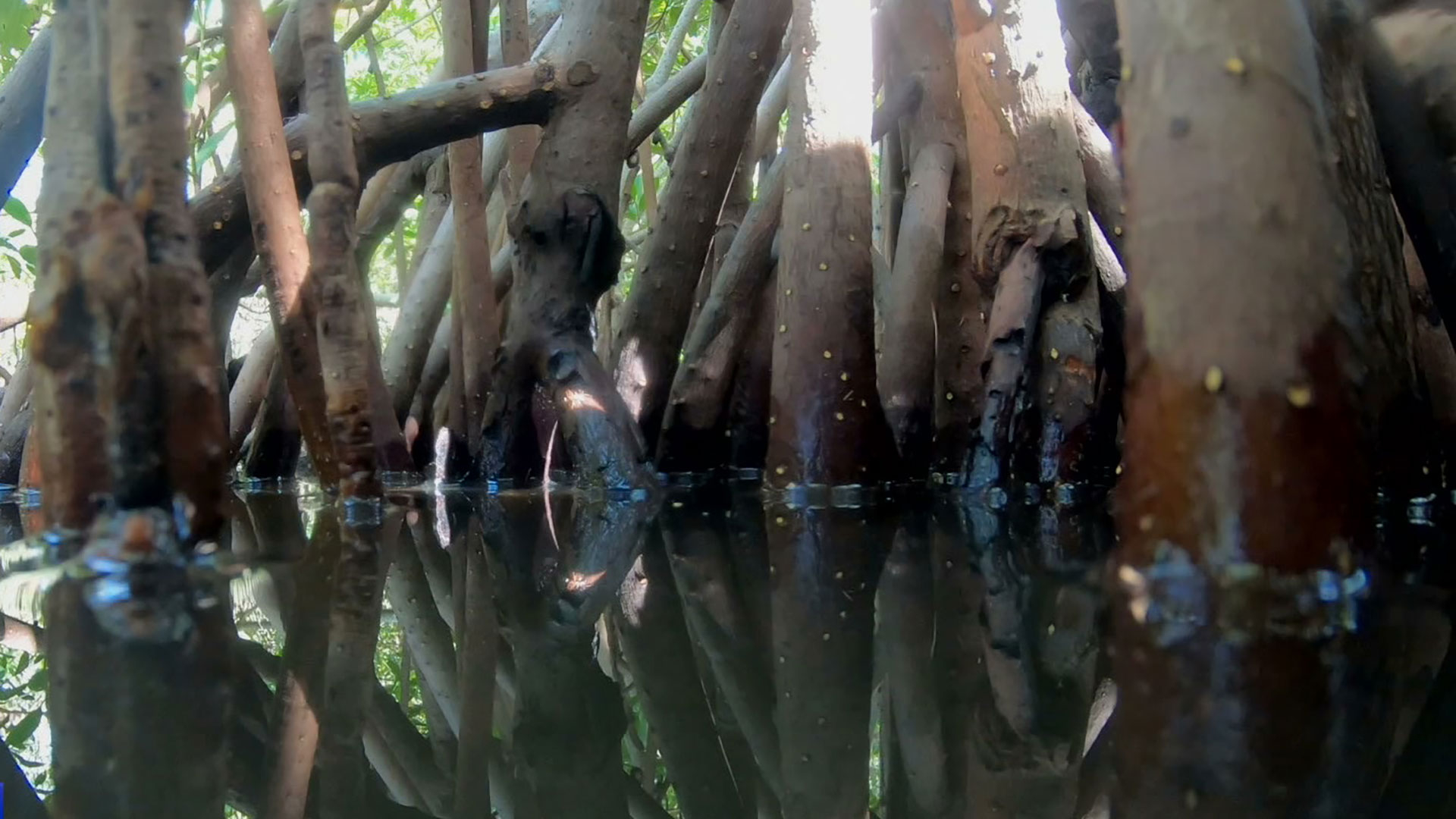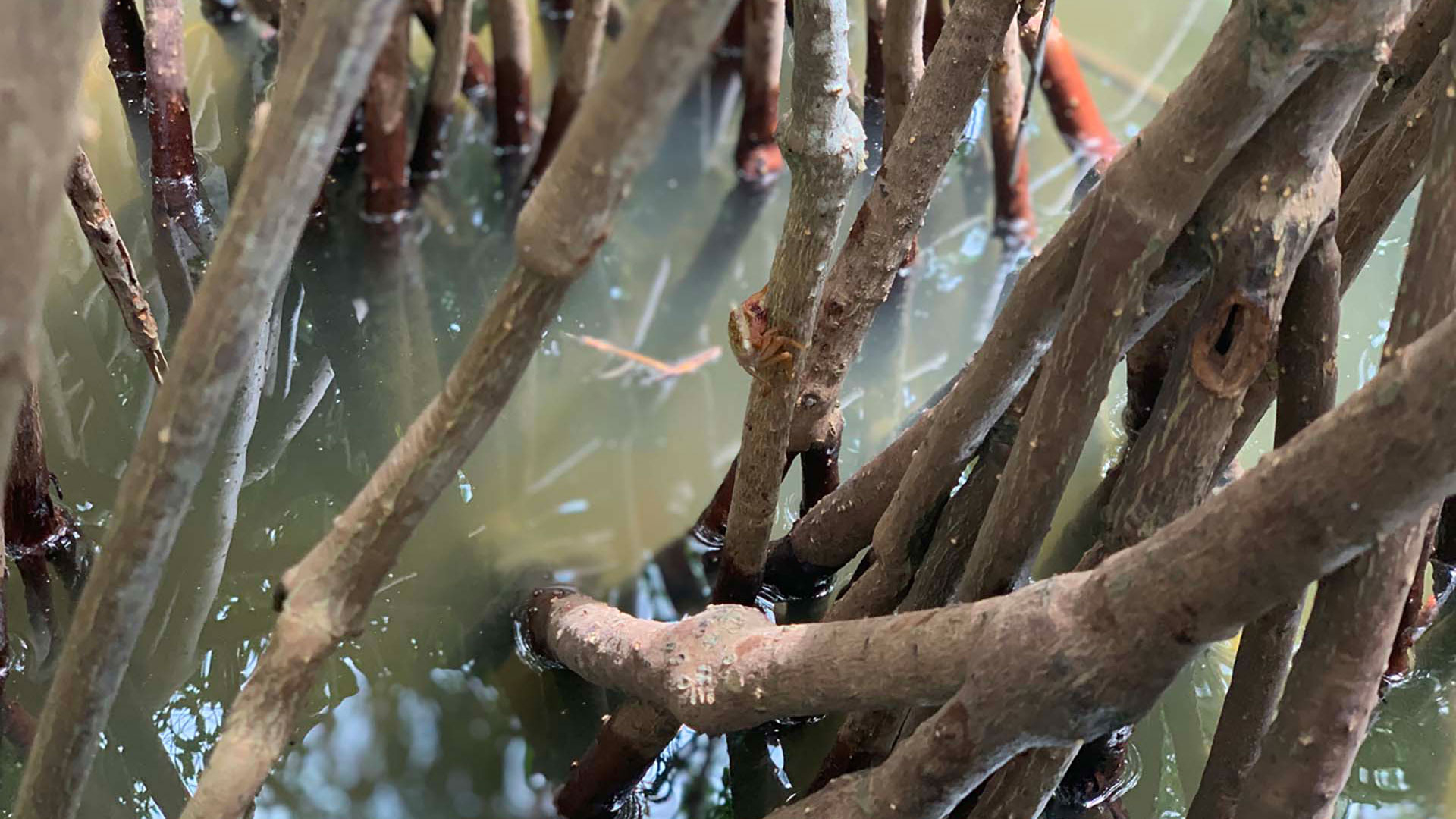02:56

Colombia is leading the way with a pilot program that aims to help communities and countries get paid for conservation efforts. Their ally? An unlikely marine ecosystem.
Mangrove forests, once linked to disease and insect pests, has now emerged as key ally in mitigating the effects of climate change like natural disasters.
Colombian scientist Paula Sierra explains, "It provides a first line of defense along the coast. As you can see all of these roots, it can dissipate a wave. So when you have a mangrove along the coast and you have a strong current, the current hits the roots and the energy of the wave dissolves."
Recent studies are showing mangroves role in climate mitigation goes even further. According to U.S.- based Conservation International, mangroves can store up to 10 times more carbon than land-based forests. They key is keeping them healthy.
In a healthy mangrove, the carbon is trapped and locked away in the soil down below. However, in a mangrove that is destroyed, that carbon dioxide is released and that is what contributes to global climate change.
For almost a decade, Colombia's Investigative Institute for Marine and Coastal systems – Invemar- has been studying these healthy Colombian mangroves.
In order to strengthen conservation efforts, Invemar is collaborating with international organizations like Conservation International to build a one of a kind pilot program for the voluntary carbon market.
The goal is to have mangrove restoration activities recognized in the voluntary carbon market. Any company or investor interested in receiving carbon offsets can support these efforts.
Sierra, the coordinator of Invemar's investigations says, "You need to make sure that part of those economic resources that come in do the following; help conserve the area, monitoring and reporting of the region, because this is like the bank you need to report to shareholders. And lastly, we want to help the communities,because those locals who might have to change the way they use and approach the ecosystem, need to have something in return.”
Fourteen communities near Colombia's Caribbean coast are part of the program called Blue Carbon. The initiative aims to mitigate climate change by restoring and protecting coastal and marine ecosystems. But in order to become certified, the government will also have to participate with legislation.
Maria Claudia Dias Granados, Director of Oceans in Conservation International adds,"This is going to become a model. There are other blue carbon projects in the world, two or three, but none of them with this methodology, in the level of detail and specifics, that will really allow to see the role of mangroves in the mitigation of climate change in the world. So we are a laboratory that will show the world what you should and shouldn't do with these projects that are looking for financial stability through carbon bonds.”
As world leaders meet at the 2019 United Nations Climate Change Conference in Spain, this group of researchers and scientists say these innovative projects, while still new, need support just as urgently as the problems they are trying to solve.
Dias Granados adds,"I think the governments of countries need to take measures that are much more drastic and radical to stop those changes that we are generating in our planet.”
The United Nations Declared the new decade starting next year, the decade of Ocean Science for Sustainable Development. The main motivation is to support efforts that will reverse the decline of ocean health.

The soil below stores all the carbon. When you move the water and soil a heavy smell emerges.
The soil below stores all the carbon. When you move the water and soil a heavy smell emerges.